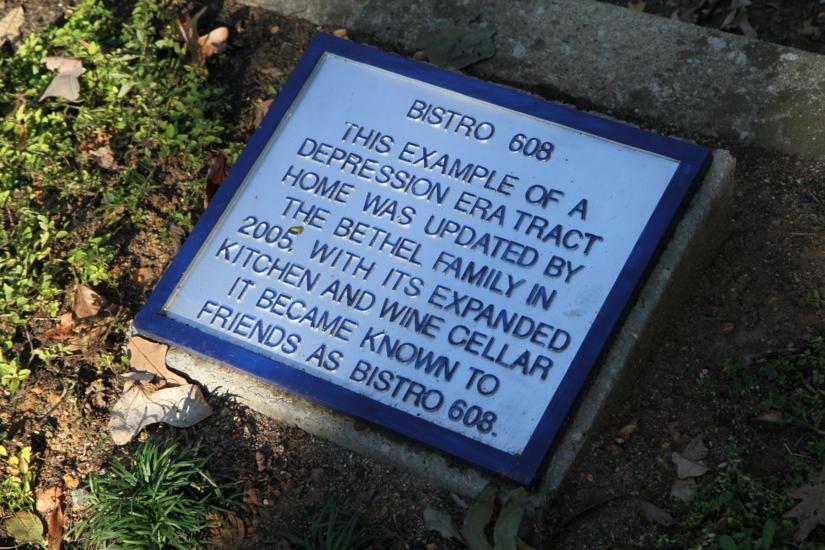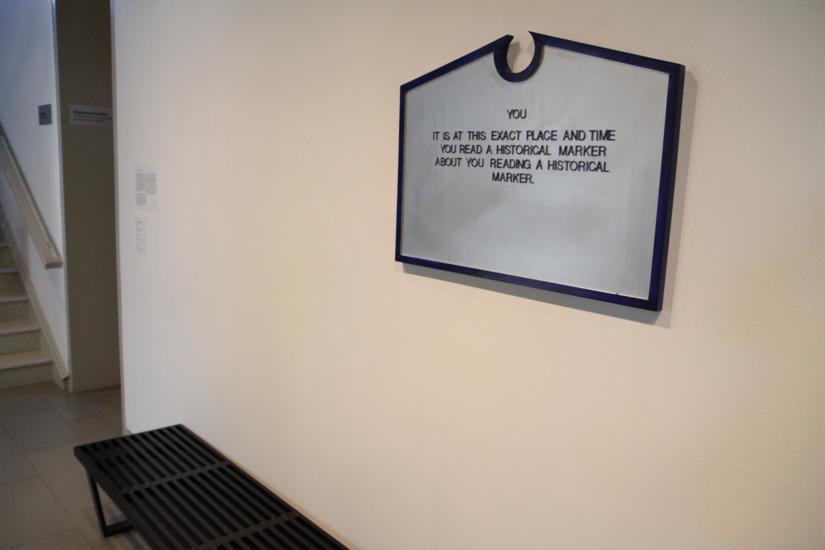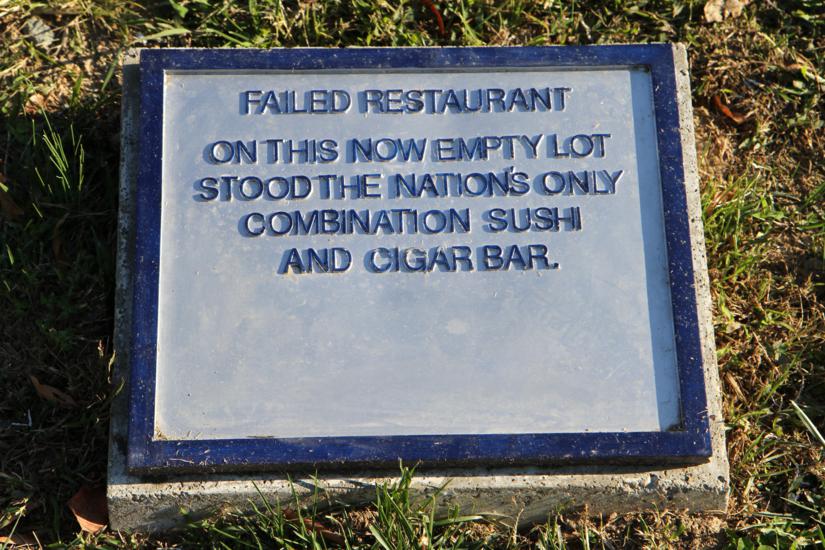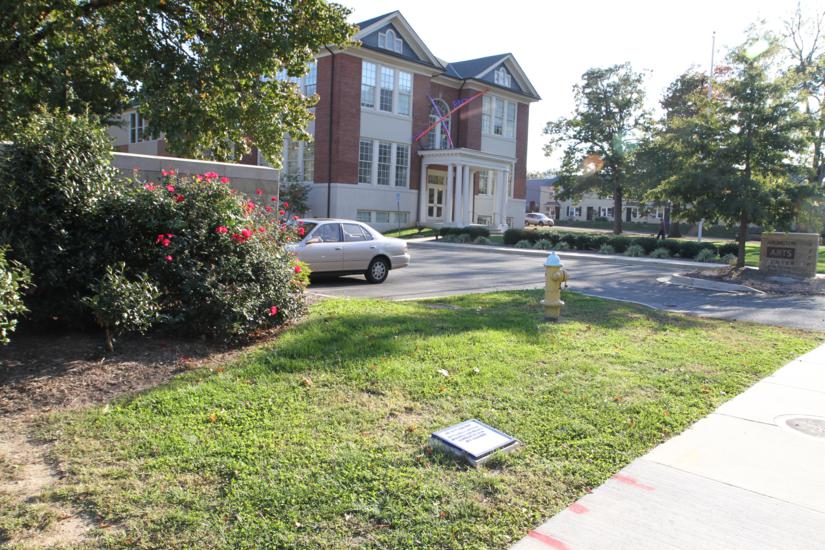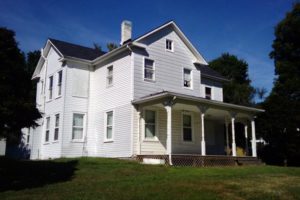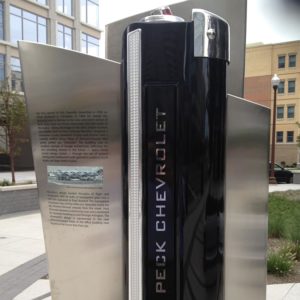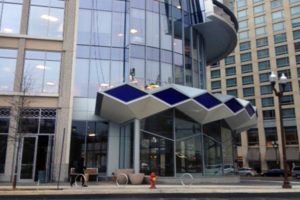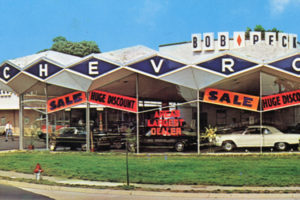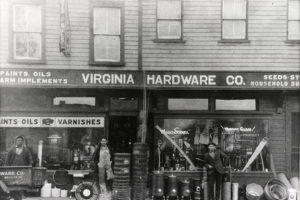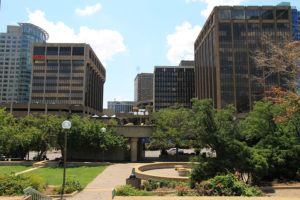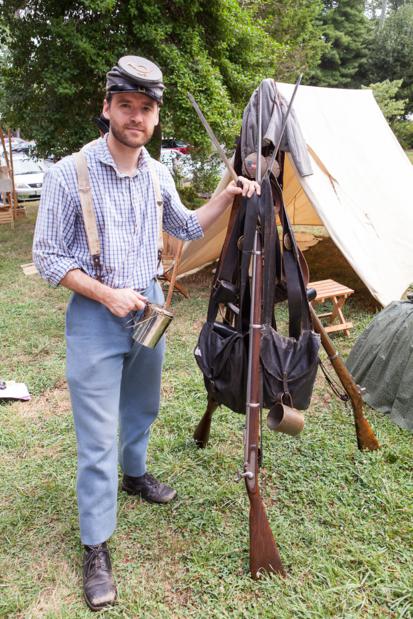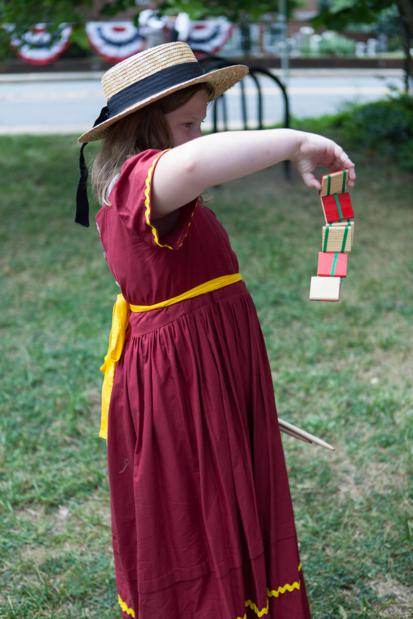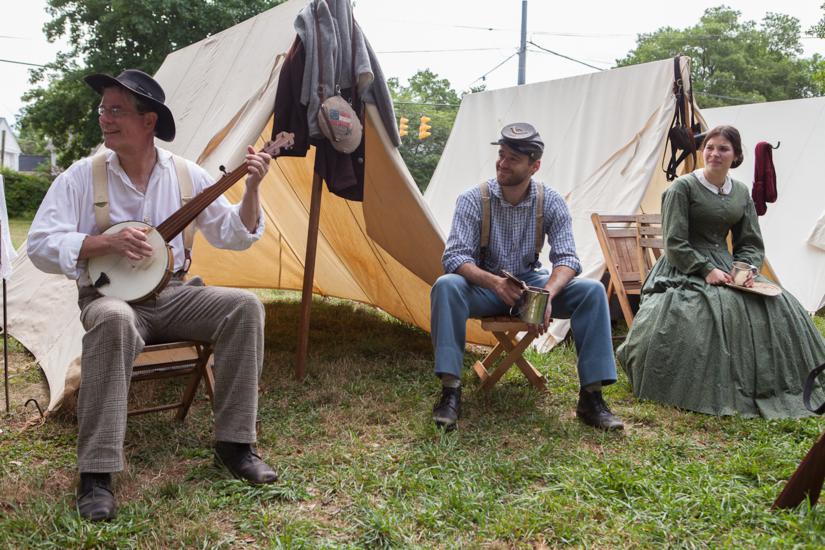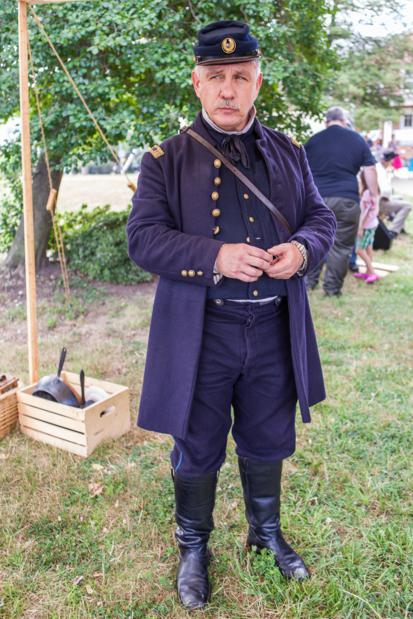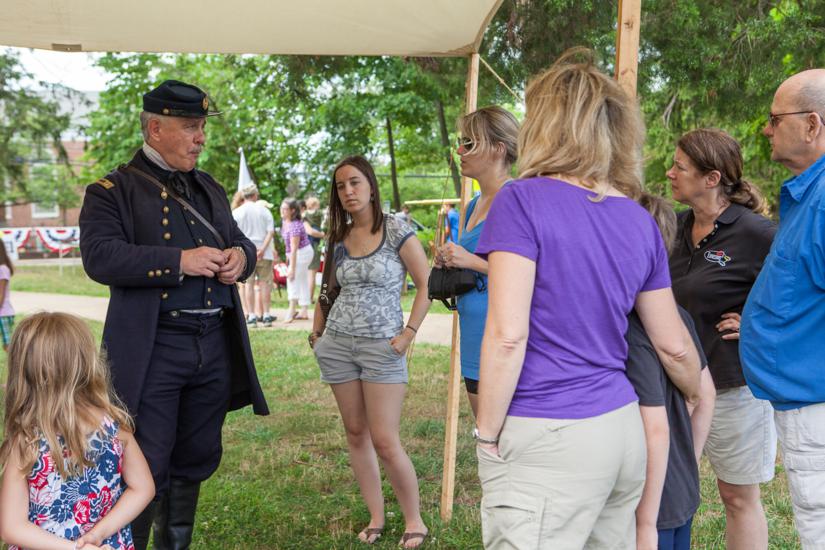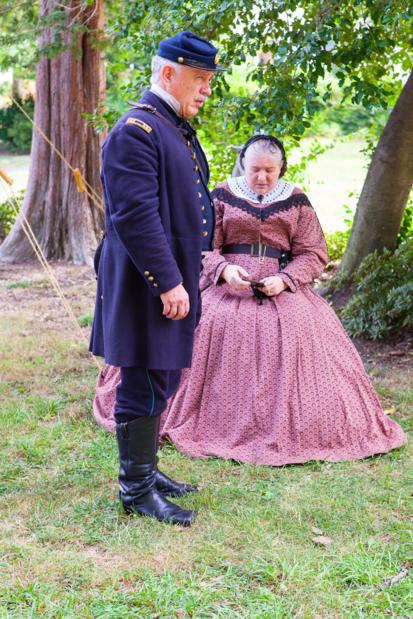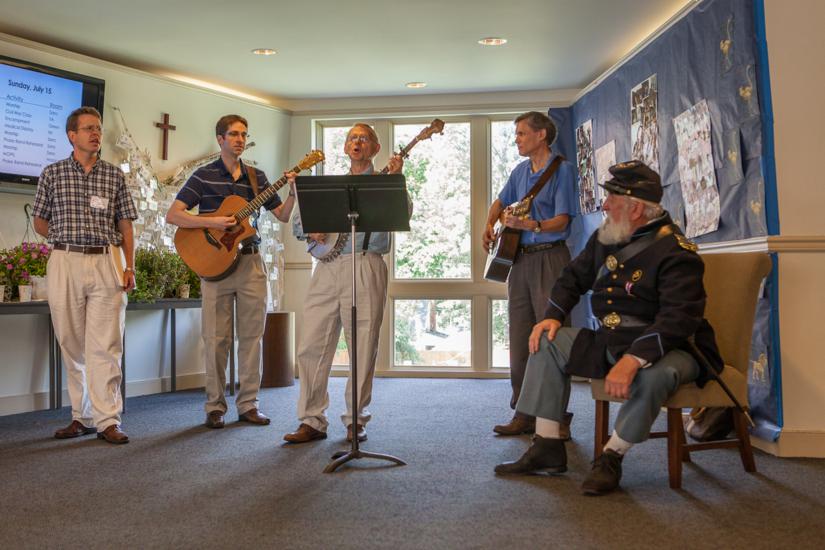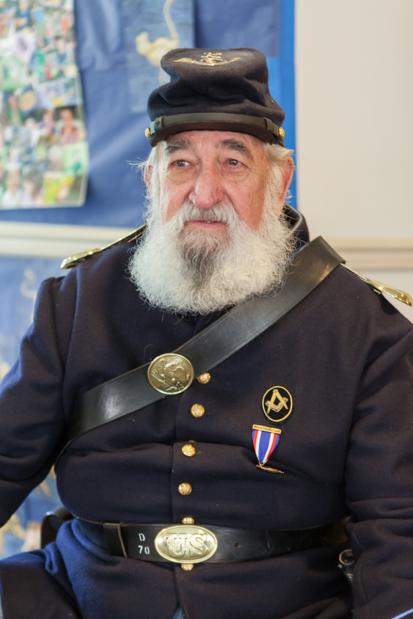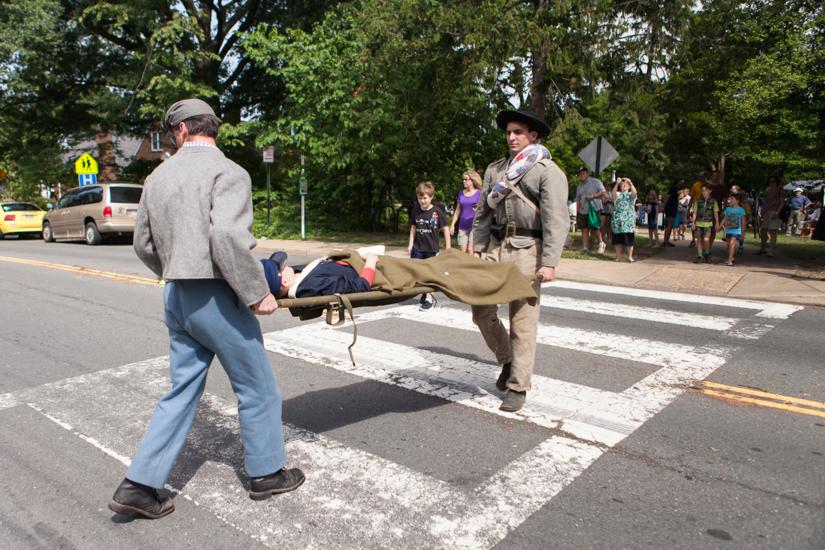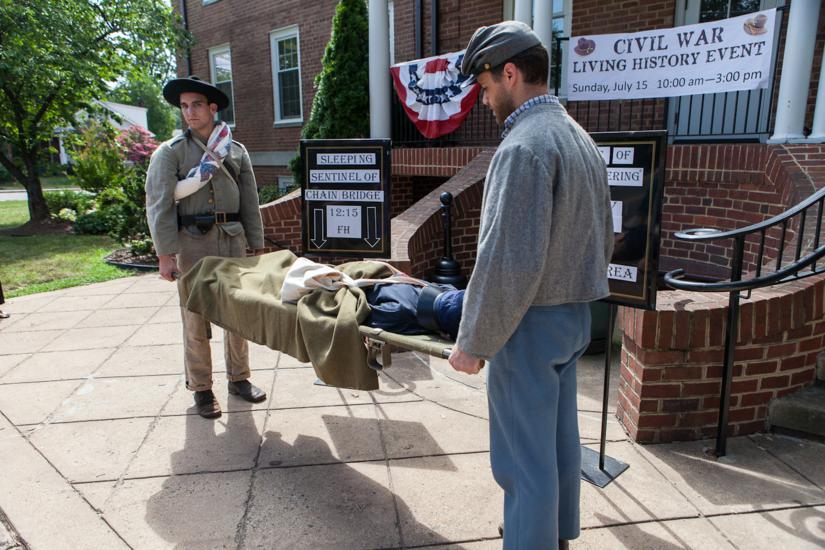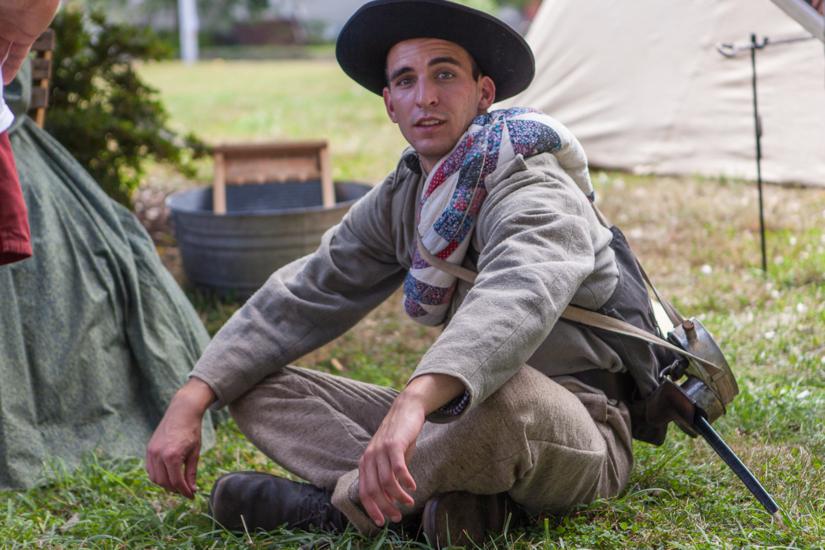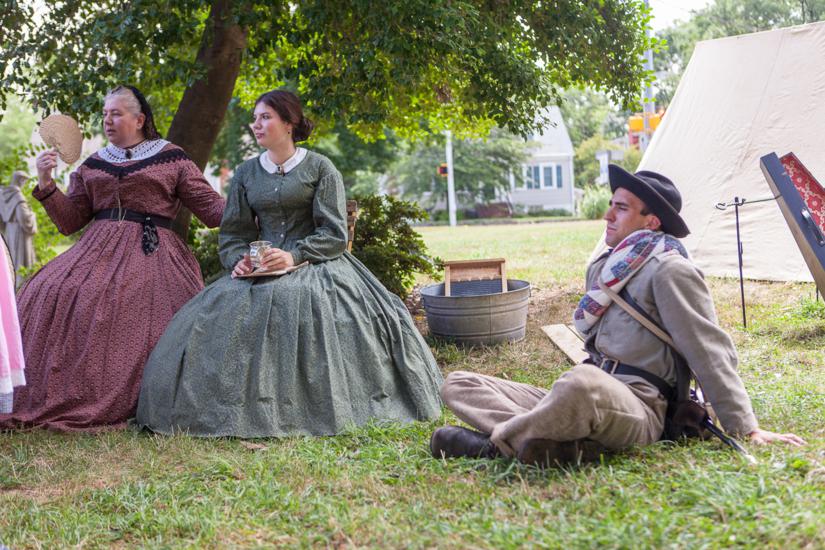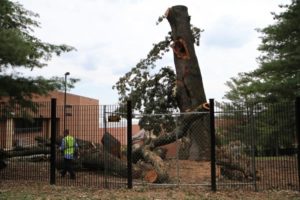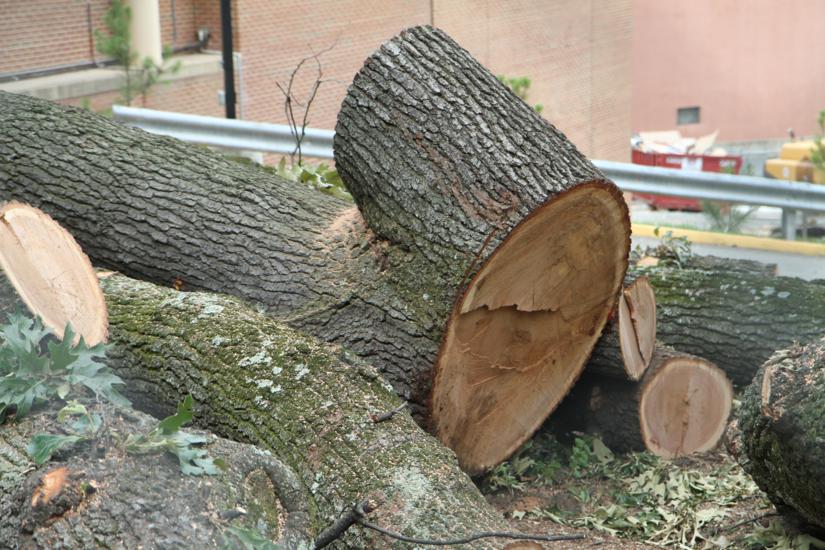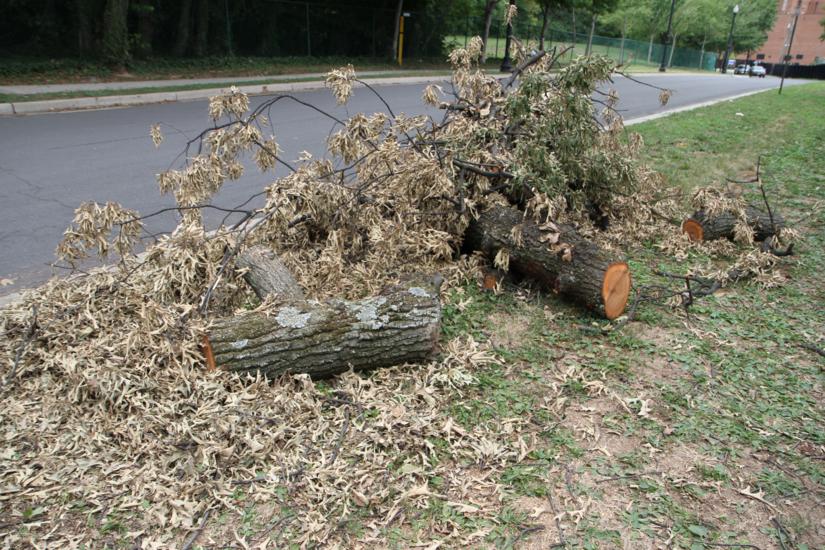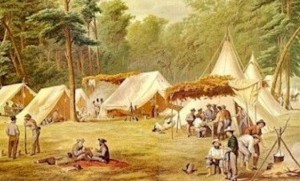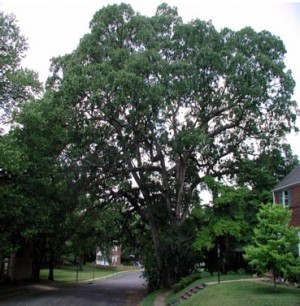 A week after the powerful storms that left 68,000 Dominion customers in the dark in Arlington, all but four dozen have had their power restored.
A week after the powerful storms that left 68,000 Dominion customers in the dark in Arlington, all but four dozen have had their power restored.
As of 2:00 this (Friday) afternoon, 48 Dominion customers were without power. The company says that it expects all known power outages in the area to be restored by later tonight. According to Arlington officials, all county traffic signals are now functioning. Some 96 traffic signals were knocked out by Friday’s storms, largely due to power outages.
In a press release, the county noted that one of Arlington’s most historic trees was a victim of the storms. The Revolutionary War-era Post Oak (pictured), in the Westover area, is set to be cut down due to wind damage.
“On Monday, County crews plan to remove the ancient Post Oak, believed to be the oldest tree in Arlington and perhaps in the Commonwealth, that was severely damaged during the storm,” the county said.
Dominion and Arlington County crews are continuing to clear downed trees, power lines and debris from around the county. As of this afternoon, 10 county roads are still completely blocked. Arlington officials released the following statement about the continued clean-up efforts.
The County’s Dept. of Parks and Recreation continues to clear partially and completely blocked roads of debris and downed trees. Operations have been complicated by piles of debris unavoidably pushed into some roads during clearing operations by County crews, utility companies and residents. The County’s priority, in clearing debris, is to make it possible for residents, emergency equipment and utility companies to use the streets. We also clear County buildings, sidewalks along heavily traveled roads, and “safety zones” around high-use recreational facilities, such as parks. Once all these priorities are met, crews focus on the clean-up phase.
Five Dept. of Parks and Recreation crews continue to work solely on road-clearing operations, and will continue through the weekend. … The County’s Solid Waste Bureau Earth Products Recycling Yard, located at 4300 29th St. S, will be open Saturday, July 7 from 8 a.m. to 4 p.m. for residents to drop off brush. County crews have collected 768 tons of debris. The County will suspend debris collection on Sunday, to rest crews, some of whom have worked 13 days straight. Cooling centers still available to residents without power.
Even though the vast majority of homes now have power, the county is continuing to advise residents to utilize Arlington’s libraries, community centers, pools and shopping malls in the event that they need to seek relief from this weekend’s expected extreme heat.





